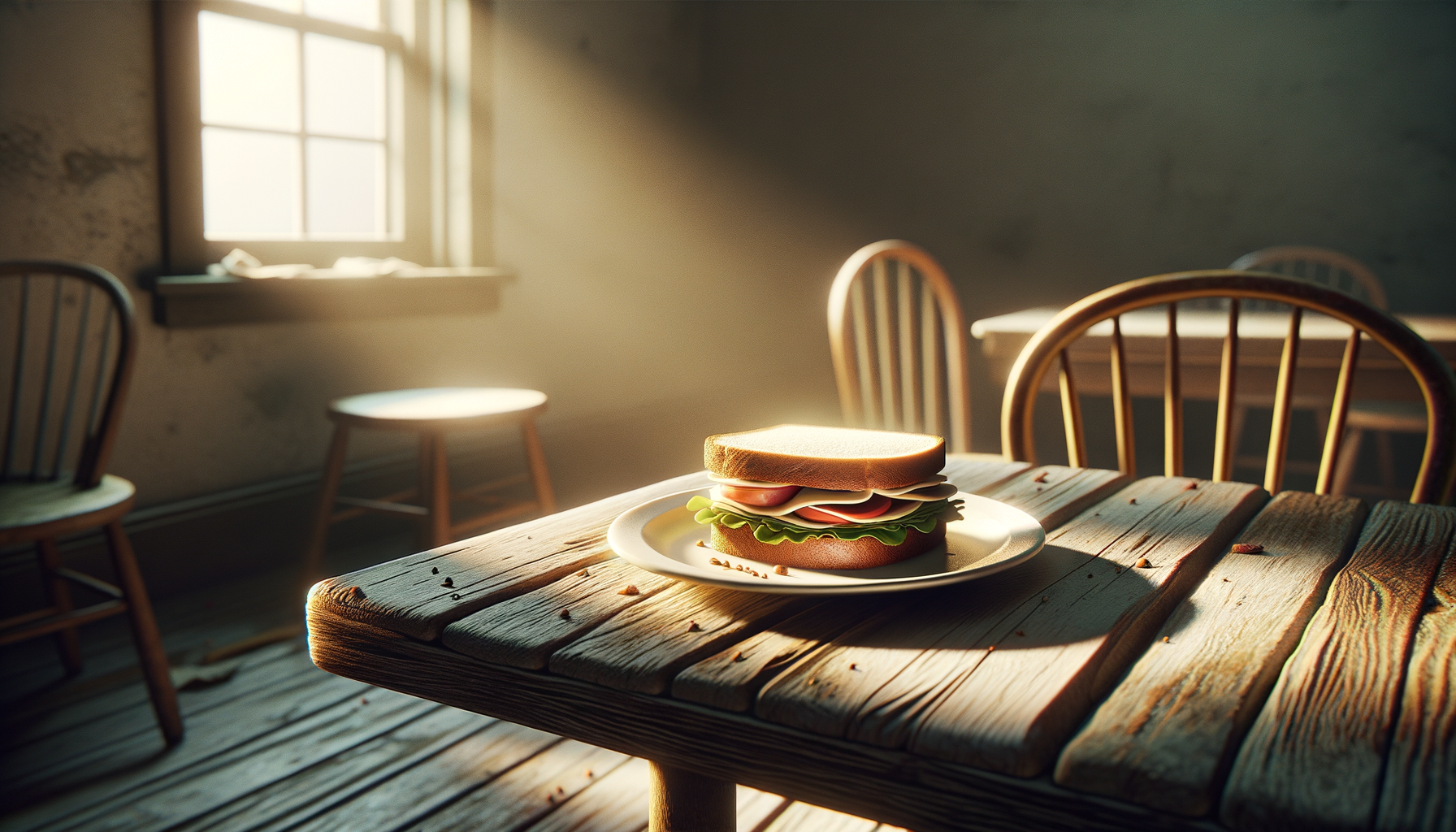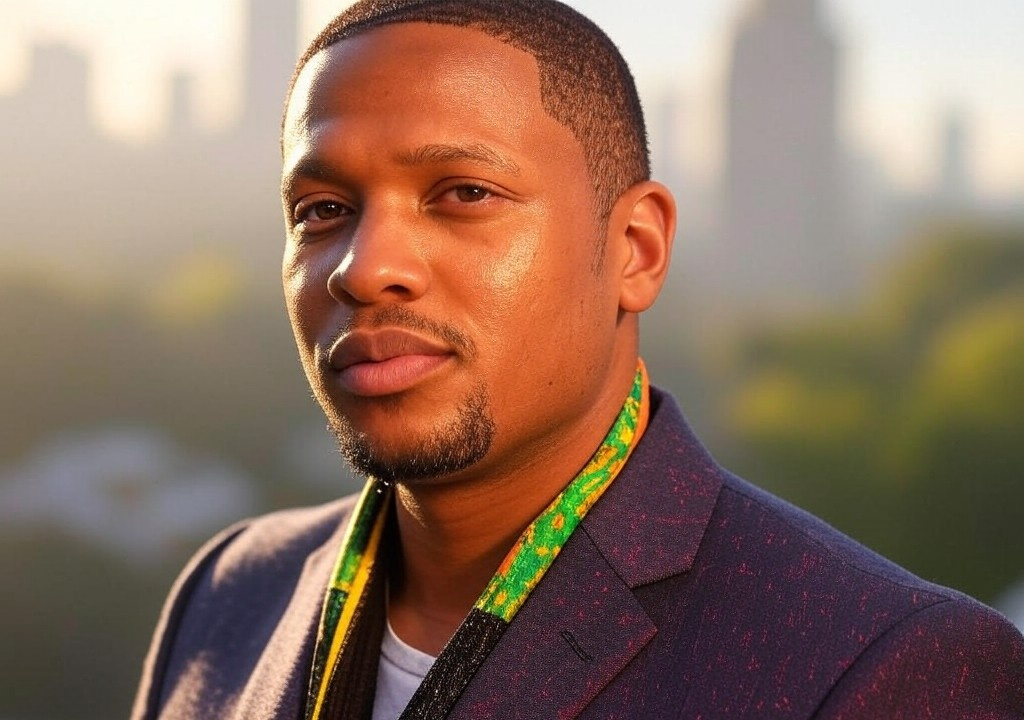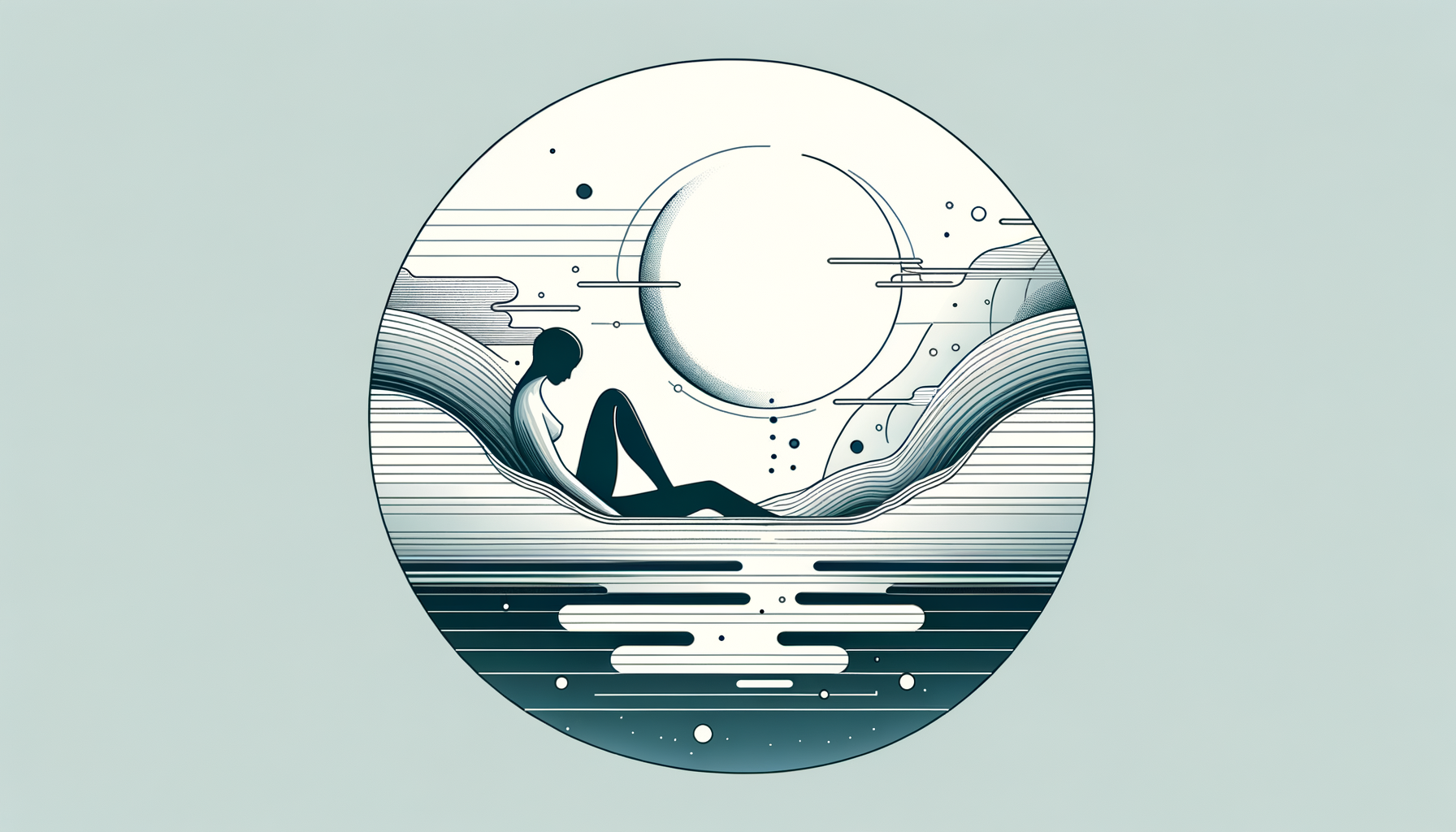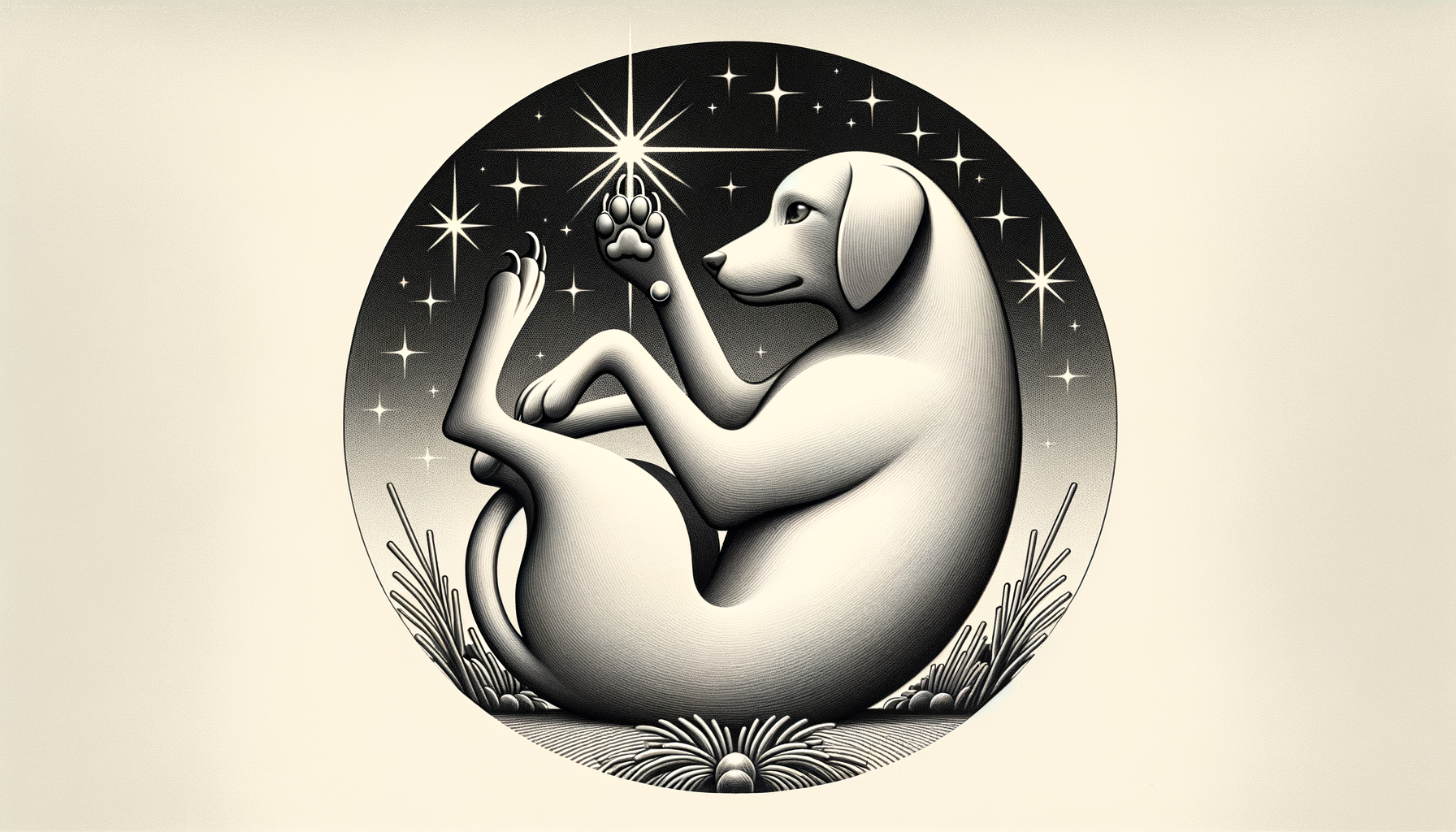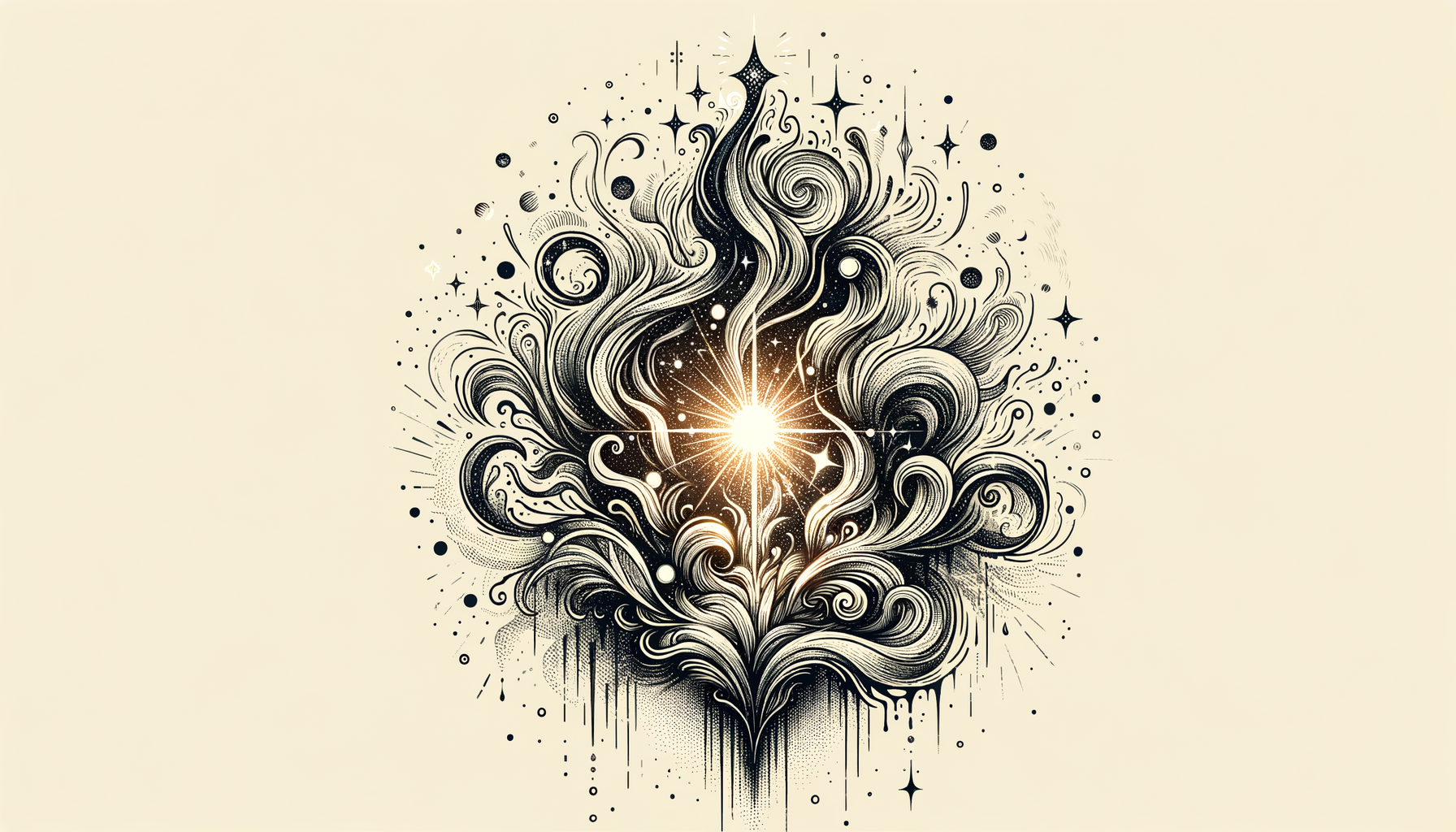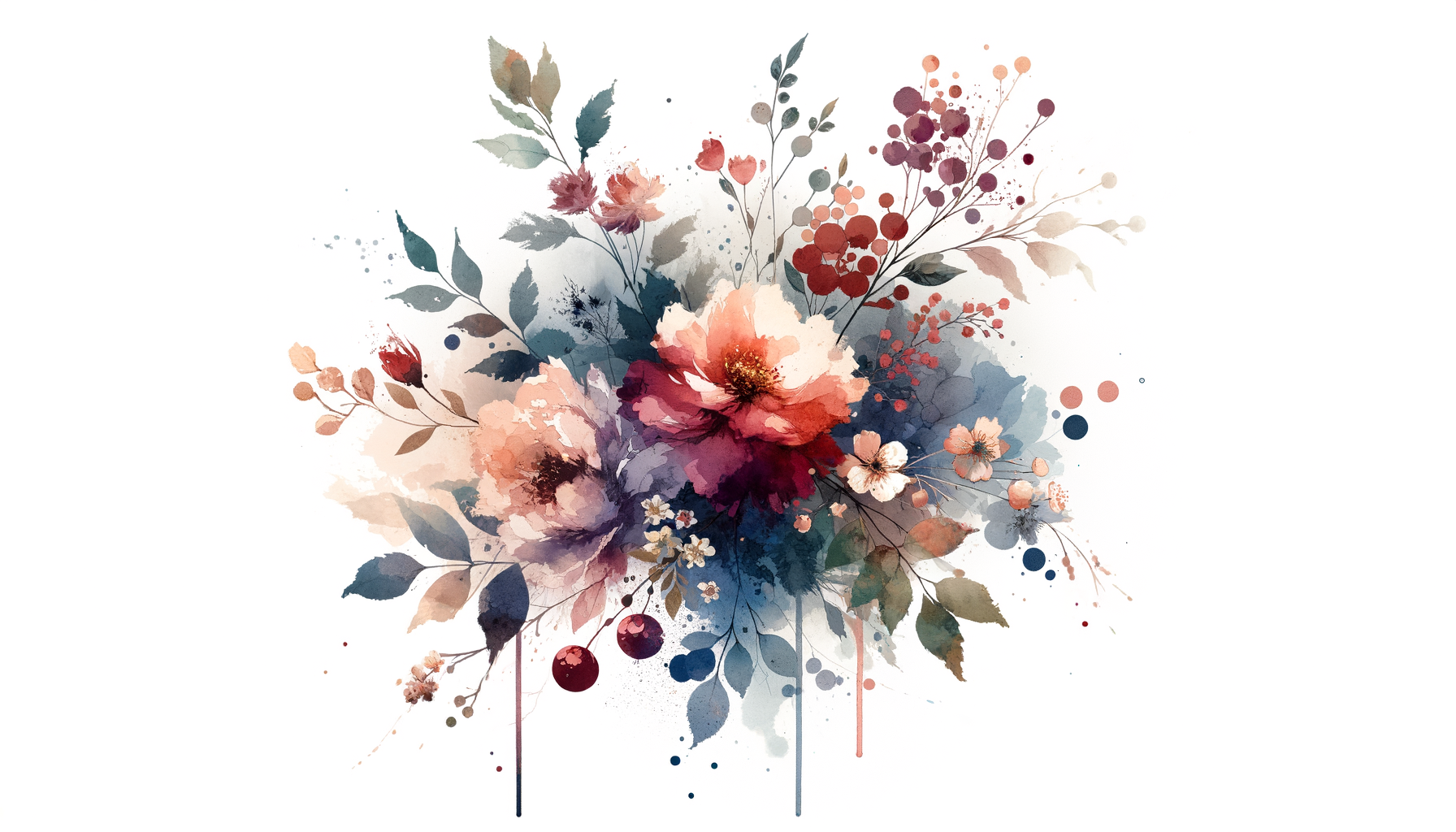Have you ever tried to condense heartbreak, self-discovery, and a dash of humor into a single piece of writing? I have. Let me tell you, crafting an article that’s both raw and relatable felt a lot like trying to apply liquid eyeliner during turbulence—you’re aiming for precision, but all you can do is pray it doesn’t end in disaster.
The hardest piece I’ve ever written wasn’t about some star-studded gala or a deep dive into the Old South’s hidden histories. No, it was about something far more terrifying: me. Specifically, the me who used to believe that “fine” was a personality trait and “compromise” meant picking your battles until there were none left to fight. What I wrote wasn’t just hard—it was humbling. It shaped the way I approach both writing and relationships, and, if you’ll let me, I’d love to spark the same sense of clarity in you.
Part 1: The Art of Writing (and Overwriting) Your Own Story
It all started when I pitched an article to an editor about authenticity in relationships. A simple enough concept, right? Wrong. Once I began writing, it became clear I couldn’t hide behind the curtain of clever metaphors and light-hearted anecdotes this time. No, this piece demanded vulnerability, and trust me, I fought it like a cat being asked to wear a sweater.
The thing about being vulnerable is that it forces you to hold a magnifying glass up to your own behavior, and oh, how unflattering the angles can be. I had to own up to the fact that I spent years in a relationship where I bent so far to avoid confrontation that my backbone was practically non-existent. I convinced myself that making someone comfortable was the same as being close to them, or worse, being loved by them.
Even now, typing that out feels like unearthing an old diary. Were those really my thoughts? Who was that version of me? And yet, every word of it stared back at me, demanding to be written.
Part 2: Dating, but Make It Southern Gothic
Don’t get me wrong—I wasn’t some damsel locked in a decaying plantation house. My life looked perfectly lovely on paper: thoughtfully planned date nights, a charming townhouse in Atlanta, and Instagram posts captioned with inside jokes. But we both know appearances can be deceiving. A historian would’ve called my relationship an “antebellum façade,” all stately columns and surface charm obscuring a foundation full of cracks.
One of the most challenging realizations I encountered while reflecting for this piece was how easy it is to confuse compatibility with convenience. I believed, naively, that smoothness meant success. After all, we rarely argued, and he even learned to tolerate podcasts about Flannery O’Connor. But inside, I was left wondering if compromise had translated into complacency—and if we were quietly ghosting the future we were supposed to be building.
By the time I finished the first draft of the article, my relationship metaphor had spiraled into something reminiscent of a cross-stitched Southern aphorism: “Just because the tea is sweet doesn’t mean it’s nourishing.” I scrapped it. Yet the point remained: I had stayed in a situation that wasn’t growing because it was easier to prune the truth than to face its roots.
Part 3: The Break-Up Blueprint
Shortly after writing this article, I ended my relationship. Honestly, it felt like I was drafting another hard piece, this time with no opportunity for edits. I remember sitting in my car after the split, mascara smudged and Chick-fil-A bag in hand, playing SZA’s “Good Days” on loop, wondering what was next.
For anyone who’s found themselves in that liminal space—no longer where you were, but not yet where you’re going—you’ll know that it’s both freeing and frustrating. And while I don’t have a magical roadmap to offer, here are some lessons I wish I could send via time machine to the Carrie of a few years ago:
- Sit in the discomfort. Breakups can feel like wandering into the wilderness without your phone; the silence is deafening and your surroundings unfamiliar. But that’s where self-discovery thrives. Growth doesn’t wait for ideal conditions.
- Stop outsourcing your self-worth. This was a tough one, folks. My inclination to people-please didn’t vanish post-breakup, but I made a conscious effort to reassess who I was outside the roles I played for someone else.
- Learn to “re-write.” Don’t let one relationship define your identity. Our pasts might shape us, but they don’t have to limit the characters we become.
Part 4: Why Writing About It Mattered
The breakthrough moment came, fittingly, in the middle of a thunderstorm—rain streaking my office windows, an iced coffee sweating profusely beside my laptop. As I worked through the final edit of my article, something clicked. This wasn’t just about me or my breakup; it was about the collective struggle we all face to reconcile who we are with who we want to be—and how hard we cling to narratives that no longer serve us.
Writing that piece helped me shed the illusion that being agreeable equates to being authentic. It taught me that honesty, even the uncomfortable, messy kind, is far better than performing perfection. And most importantly, it reminded me that genuine love is built on mutual respect, not quiet resignation.
Part 5: You Can’t Edit Real Life (But You Don’t Have To)
If you’re navigating your own post-relationship reckoning, I hope you’ll remember this: Life isn’t a first draft, but it isn’t the final version either. It’s a work in progress. You’ll make edits, deletions, and a few downright baffling choices (I’m looking directly at the chopped bangs I attempted after said breakup). And that’s okay.
Pulling together that article all those years ago made me realize that the hardest pieces to write are also the most transformative. While relationships and writing might not seem parallel at first blush, they both rely on an unflinching commitment to truth—and an occasional willingness to embrace the mess.
So let this be your permission slip to move forward, whether you’re leaving a chapter behind or daring to begin a new one. After all, stories—and lives—rarely make sense at first draft. But if you keep writing, you’ll be amazed where the plot can take you.




